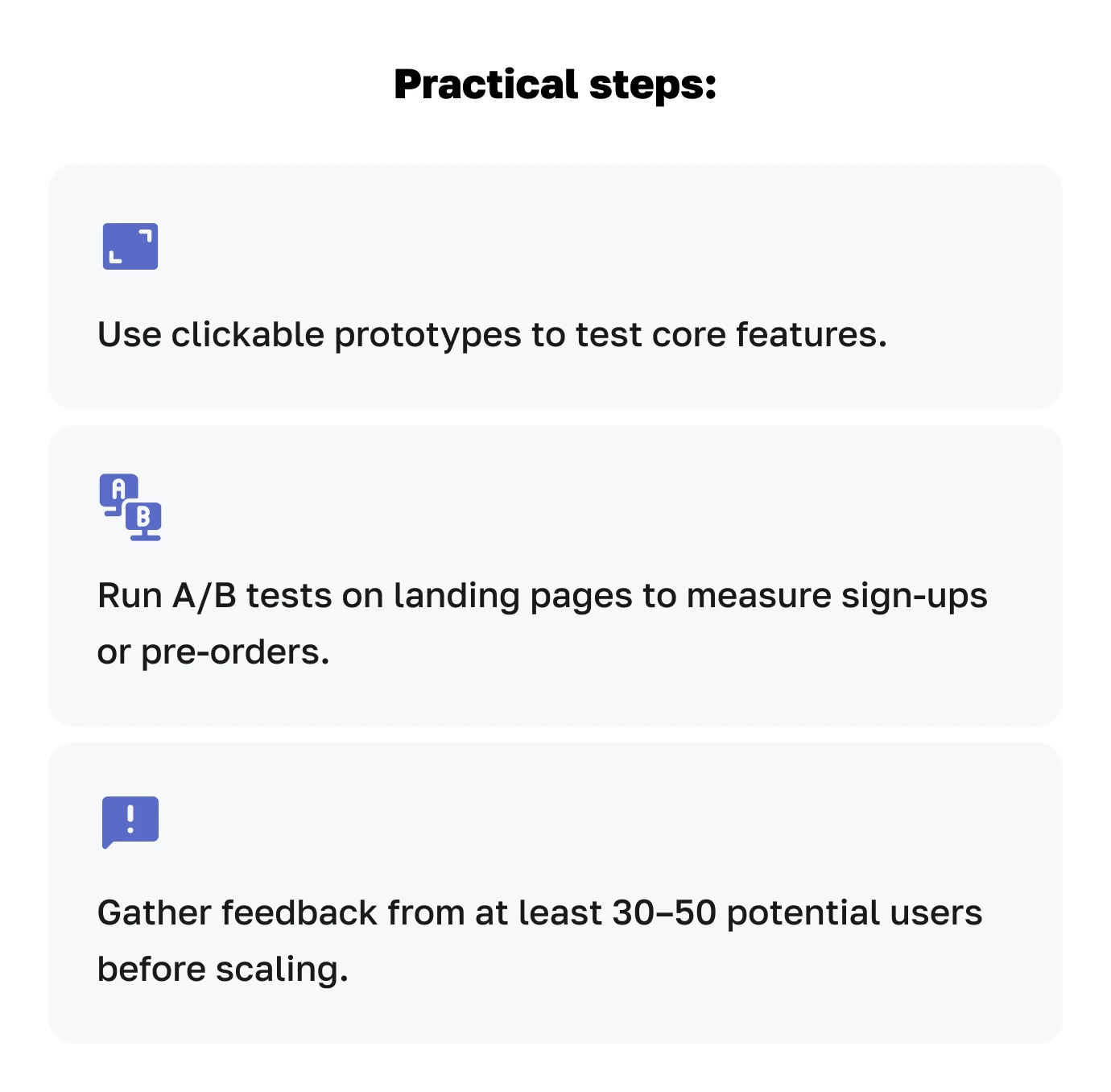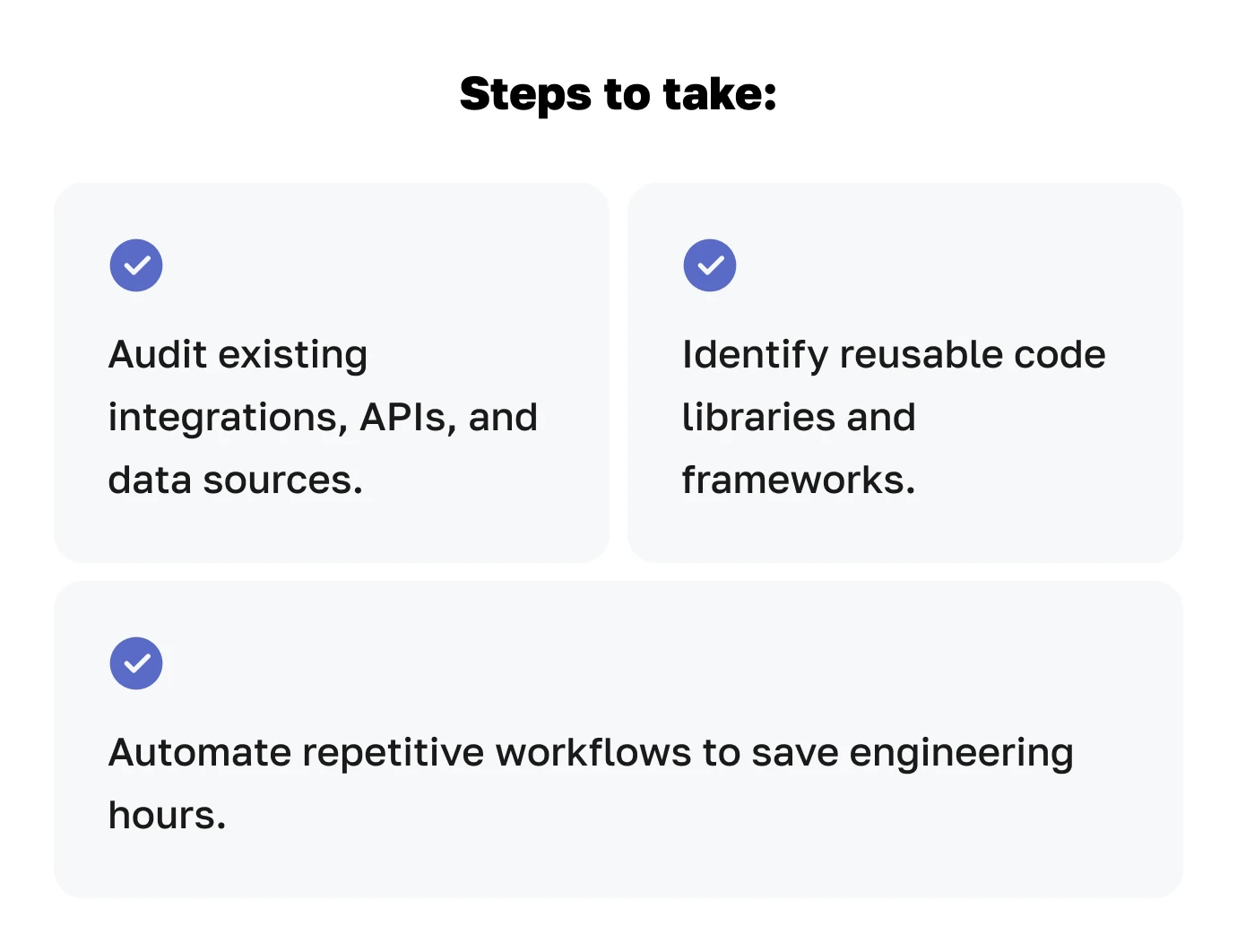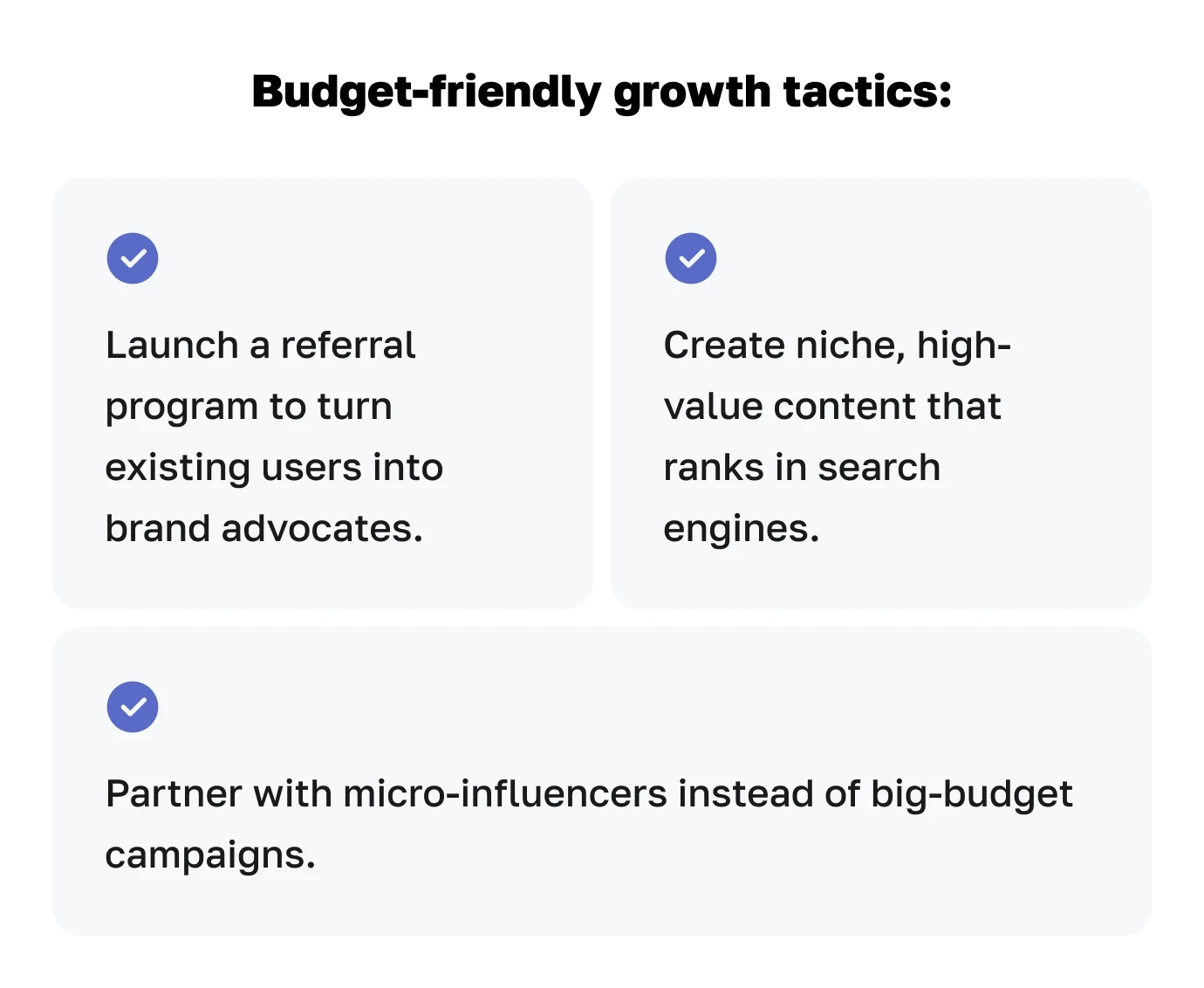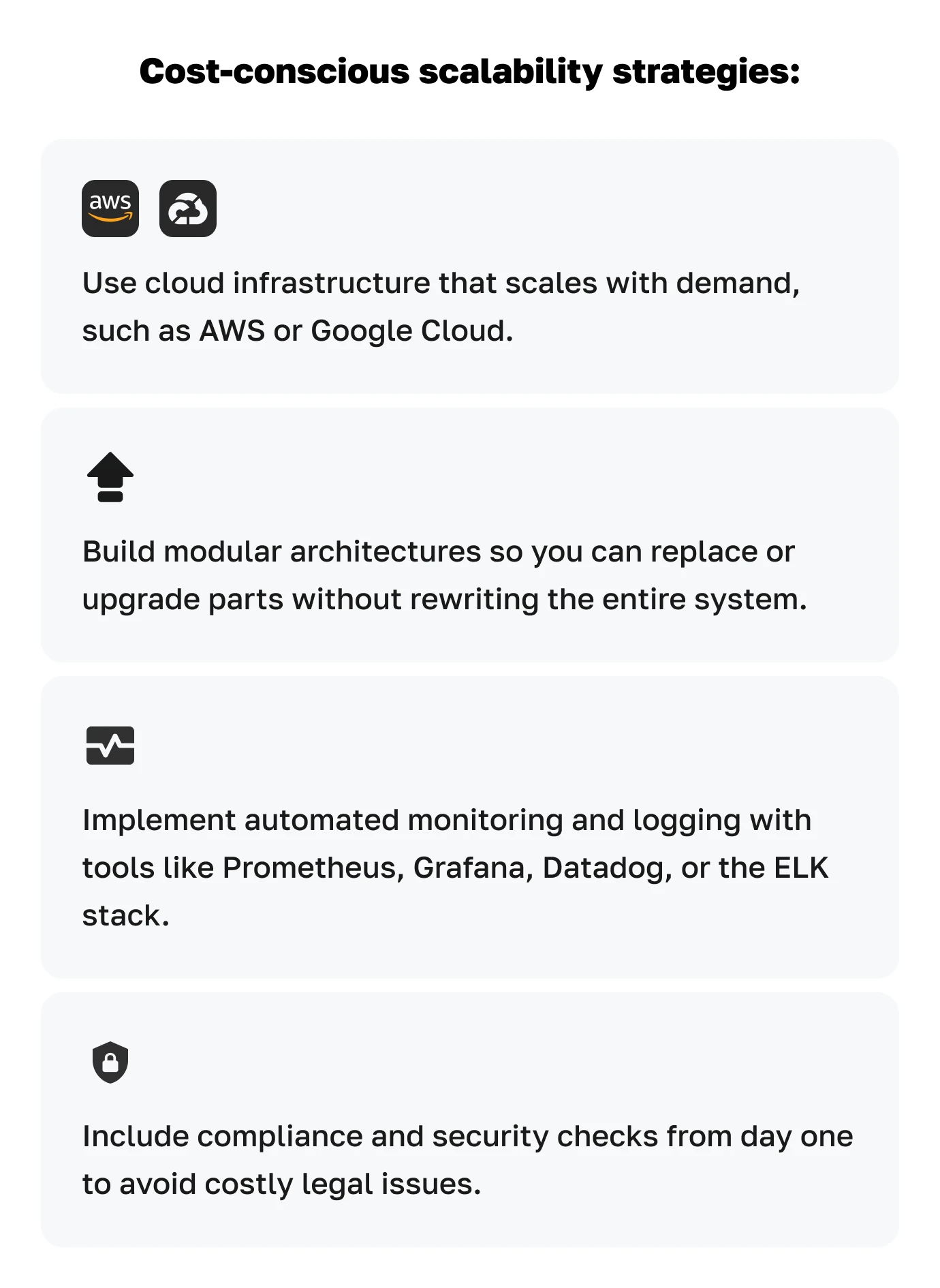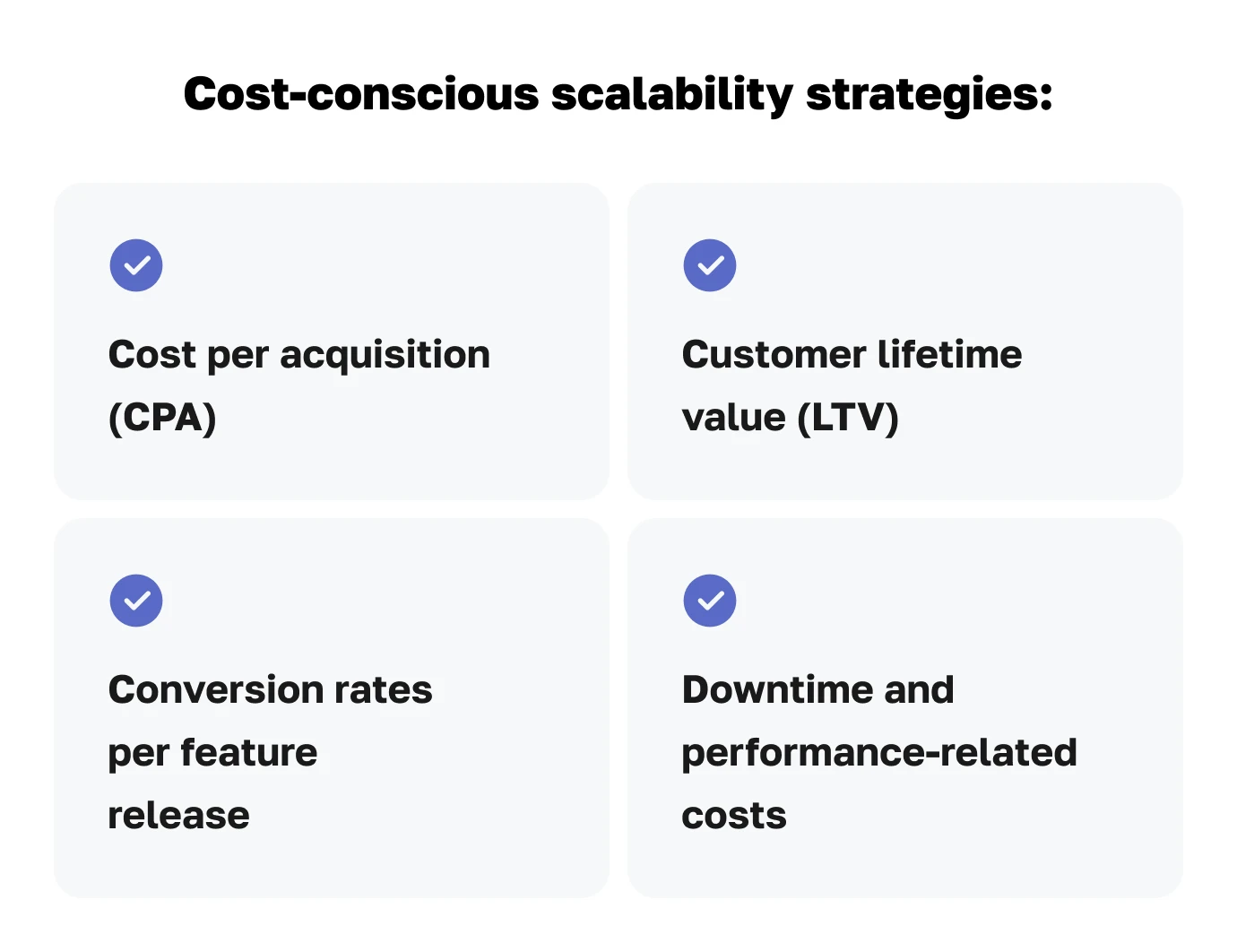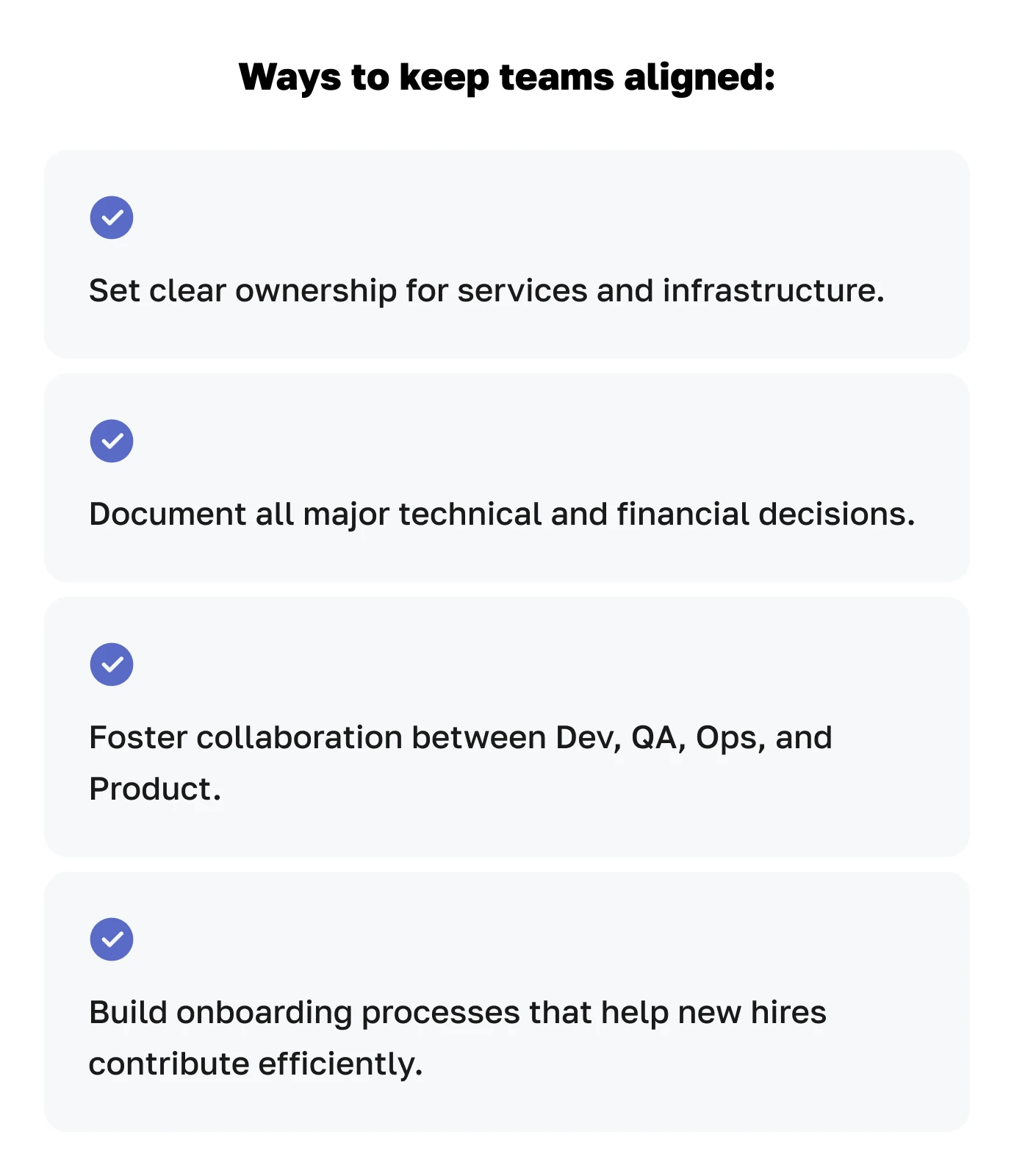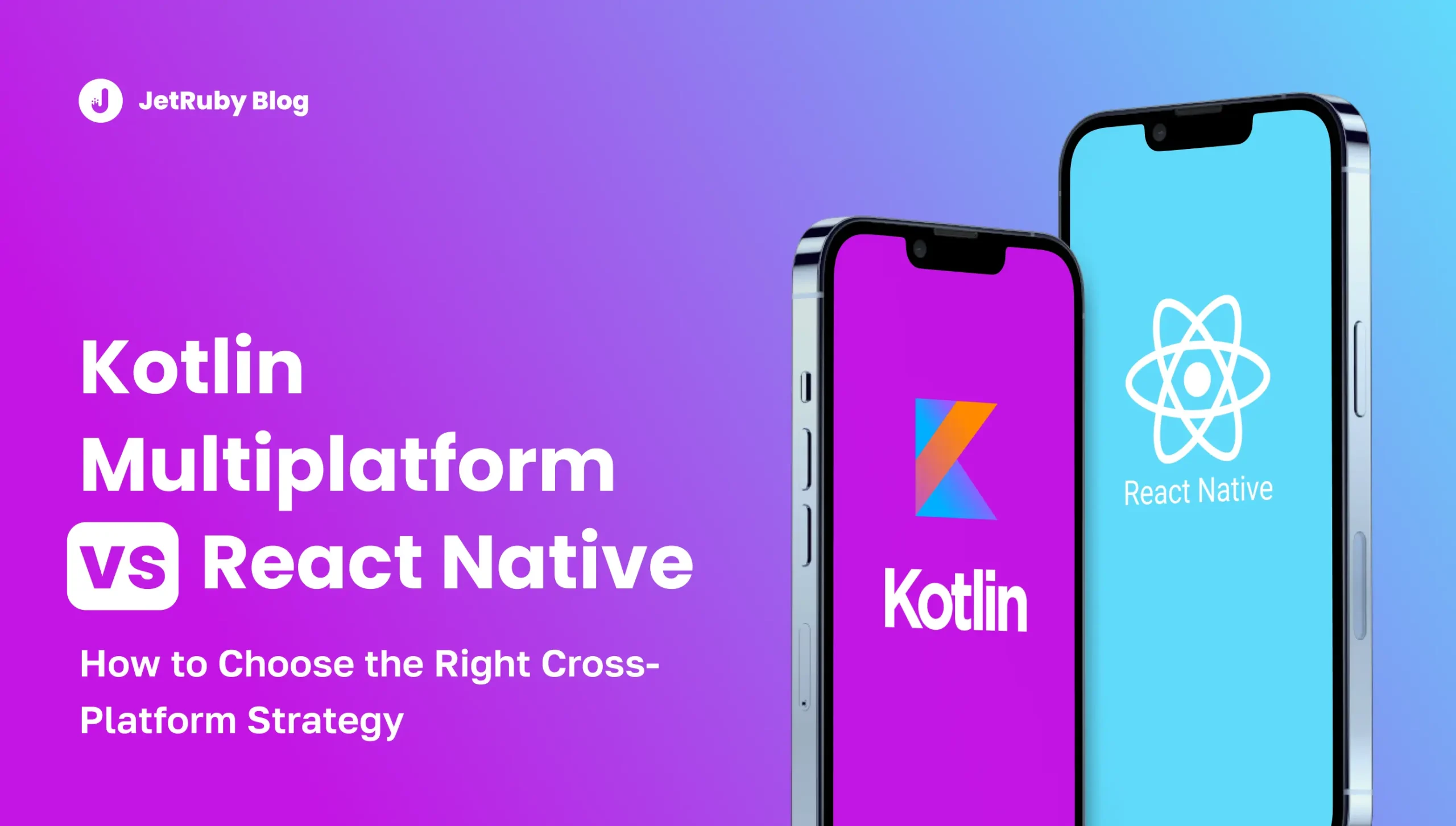Table of Contents
Launching a new project is exciting — but it’s also one of the most important financial decisions a company can make. Every dollar you commit before development starts sets the stage for either high-impact growth or costly setbacks. The way you plan your budget now will determine how quickly you see returns, how well you can adapt to market changes, and whether your technology can grow with you.
At JetRuby, after launching over 250 products for startups and enterprises, we’ve seen that maximizing ROI before your next project kickoff is less about spending less and more about spending strategically. The goal is to ensure that every dollar you put in works to build a scalable, profitable, and resilient business.
Below are actionable strategies that will help you stretch your budget without cutting corners on quality or innovation.
1. Validate Before You Build
One of the most common reasons projects fail is because they’re built on assumptions rather than evidence. You can save hundreds of thousands of dollars by validating your idea before committing to full-scale development.
We recommend using MVP validation and user testing to answer two critical questions:
- Is there a real demand?
- Will people pay for it?
In AI Adoption 2025: Stats, Market Growth & Insights, we highlight that companies achieving long-term growth start small — they test hypotheses and iterate quickly. This process helps avoid building “nice-to-have” features that drain budget without driving ROI.
Practical steps:
- Use clickable prototypes to test core features.
- Run A/B tests on landing pages to measure sign-ups or pre-orders.
- Gather feedback from at least 30–50 potential users before scaling.
A $5,000 MVP that proves your market is a far better investment than a $200,000 product built on guesswork.
2. Audit and Optimize Existing Assets
Before you start coding, look at what you already have. Many businesses overlook the value of legacy software modernization or reusing existing components. In many cases, you can avoid building from scratch.
Our guide Revive Legacy Software with Ruby on Rails Now! explains how modernizing existing systems can improve performance, reduce downtime, and speed up time-to-market — often at a fraction of the cost of new development.
Steps to take:
- Audit existing integrations, APIs, and data sources.
- Identify reusable code libraries and frameworks.
- Automate repetitive workflows to save engineering hours.
3. Adopt Growth Hacking for Early Traction
Marketing can easily consume a large share of your budget, but you don’t need a huge ad spend to get noticed. Growth hacking focuses on rapid, cost-efficient experiments to drive adoption.
In What Is Growth Hacking?, we break down how early-stage companies can use creative, low-cost tactics to compete with industry leaders.
Budget-friendly growth tactics:
- Launch a referral program to turn existing users into brand advocates.
- Create niche, high-value content that ranks in search engines.
- Partner with micro-influencers instead of big-budget campaigns.
The key is to measure results quickly — double down on what works, and stop what doesn’t.
4. Plan for Scalability from Day One
A product that can’t scale will eventually eat up resources. Scalability isn’t only a tech concern — it’s a budget concern. Retrofitting scalability later is almost always more expensive than planning for it from the start.
Cost-conscious scalability strategies:
- Use cloud infrastructure that scales with demand, such as AWS or Google Cloud.
- Build modular architectures so you can replace or upgrade parts without rewriting the entire system.
- Implement automated monitoring and logging with tools like Prometheus, Grafana, Datadog, or the ELK stack.
- Include compliance and security checks from day one to avoid costly legal issues.
For a full roadmap, see How to Prepare for Scalable Tech Growth
5. Track ROI Continuously
ROI measurement should be an ongoing process, not a post-launch afterthought. By tracking key financial and performance metrics throughout development, you can adjust your approach before small inefficiencies grow into budget drains.
Track these metrics regularly:
- Cost per acquisition (CPA)
- Customer lifetime value (LTV)
- Conversion rates per feature release
- Downtime and performance-related costs
Regular ROI reviews should be part of every sprint planning and retrospective.
6. Align the Whole Team with Budget Goals
Your budget strategy will only succeed if the entire organization is on board. Scaling costs can creep in when teams work in silos or lack visibility into budget constraints.
Ways to keep teams aligned:
- Set clear ownership for services and infrastructure.
- Document all major technical and financial decisions.
- Foster collaboration between Dev, QA, Ops, and Product.
- Build onboarding processes that help new hires contribute efficiently.
When culture and budget discipline go hand in hand, every decision is made with ROI in mind.
Beyond traditional budget optimization methods, it’s crucial to maintain transparency and control over expenses at every stage of the project. Regular financial reviews and reporting help identify areas of overspending early, enabling swift decisions to reallocate resources effectively. Engaging all key stakeholders—from project managers to developers—creates a shared understanding and fosters a culture of budget accountability. This proactive approach reduces the risk of unexpected costs and enhances overall financial efficiency.
Another important factor is flexibility in choosing technologies and tools. Companies often rush to implement the latest, most complex solutions, which can increase development time and expenses. Instead, it’s wiser to rely on proven, well-integrated platforms that allow for quick adaptation to changing requirements without costly overhauls. This approach also accelerates time-to-market and facilitates gathering valuable user feedback for iterative improvements.
Don’t overlook the power of automating repetitive processes such as testing, deployment, and monitoring. Key benefits of automation include:
- Saving time and effort for your development team
- Minimizing human errors
- Accelerating release cycles
- Reducing ongoing support costs
- Improving end-user satisfaction, which directly impacts ROI
Lastly, forming a strategic partnership with an experienced development team that understands your business and offers tailored solutions is key to effective budget management. Instead of spending resources on guesswork and trial-and-error, collaborating with a reliable partner helps avoid costly mistakes and keeps the focus on meeting business goals. This approach ensures you stretch your budget wisely and maximize ROI well before your next project kickoff.
Final Thoughts
Stretching your budget is about being intentional, not restrictive. With the right validation, optimization, growth tactics, scalability planning, continuous ROI tracking, and team alignment, you can deliver projects that grow sustainably and profitably.
At JetRuby, we’ve seen these strategies work across industries — from healthcare startups to global logistics platforms. The takeaway is simple: the smartest time to think about ROI is before your project even begins.
Contact us today for a free consultation and start stretching your budget before your next project kickoff!


